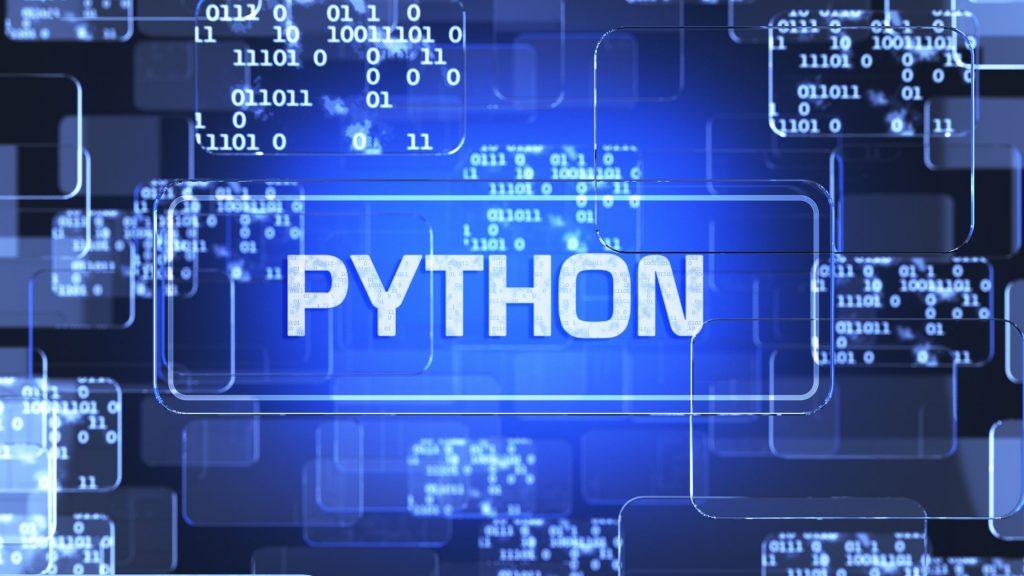Python Functions Made Easy: How to Define and Use Functions in Python
Functions are the building blocks of reusable and modular code in Python. This guide will teach you how to define functions, work with parameters, return values, and follow best practices to write clean and efficient code.
What is a Function?
A function is a reusable block of code that performs a specific task. Functions help avoid repetition, improve readability, and make debugging easier.
How to Define a Function
1. Basic Function Syntax
Use the def keyword to define a function:
def greet():
print("Hello, World!")2. Calling a Function
Execute the function by using its name followed by parentheses:
greet() # Output: Hello, World!Function Parameters and Arguments
1. Positional Parameters
Pass values to a function using parameters:
def greet(name):
print(f"Hello, {name}!")
greet("Alice") # Output: Hello, Alice!2. Default Parameters
Assign default values to parameters:
def greet(name="Guest"):
print(f"Hello, {name}!")
greet() # Output: Hello, Guest!3. Keyword Arguments
Specify arguments by parameter name for clarity:
def describe_person(name, age):
print(f"{name} is {age} years old.")
describe_person(age=25, name="Alice")4. Variable-Length Arguments
Use *args for multiple positional arguments and **kwargs for keyword arguments:
def sum_numbers(*args):
return sum(args)
print(sum_numbers(1, 2, 3)) # Output: 6
def display_info(**kwargs):
for key, value in kwargs.items():
print(f"{key}: {value}")
display_info(name="Alice", age=25)Return Values
Use the return statement to send a result back from a function:
def add(a, b):
return a + b
result = add(3, 5)
print(result) # Output: 8Best Practices for Writing Functions
-
Use Descriptive Names
Choose function names that clearly describe their purpose (e.g.,calculate_totalinstead ofcalc). -
Keep Functions Short
Aim for functions that perform a single task. -
Add Docstrings
Document your functions using docstrings:def multiply(a, b): """Multiply two numbers and return the result.""" return a * b -
Avoid Side Effects
Functions should ideally return values without modifying external variables.
Example: Reusable Function
def calculate_area(shape, **kwargs):
if shape == "circle":
radius = kwargs.get("radius")
return 3.14 * radius ** 2
elif shape == "rectangle":
length = kwargs.get("length")
width = kwargs.get("width")
return length * width
# Calculate area of a circle with radius 5
print(calculate_area("circle", radius=5)) # Output: 78.5
# Calculate area of a rectangle with length 4 and width 6
print(calculate_area("rectangle", length=4, width=6)) # Output: 24When to Use Functions?
- To avoid repeating the same code.
- To break down complex tasks into smaller, manageable parts.
- To improve code readability and maintainability.
Next Steps
- Practice writing functions for common tasks like data validation or calculations.
- Explore advanced concepts like lambda functions and decorators.
- Build projects that rely heavily on modular functions (e.g., a calculator app).
Mastering functions is key to becoming a proficient Python developer. Happy coding!
